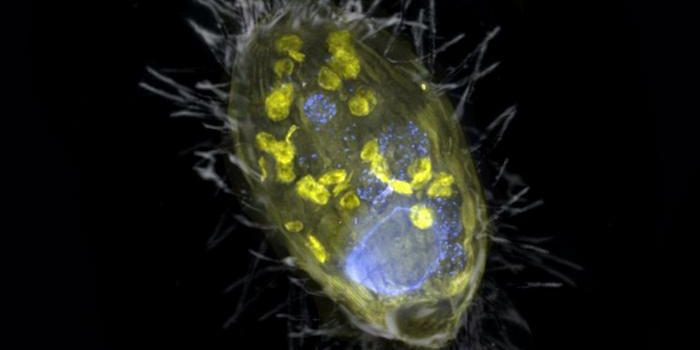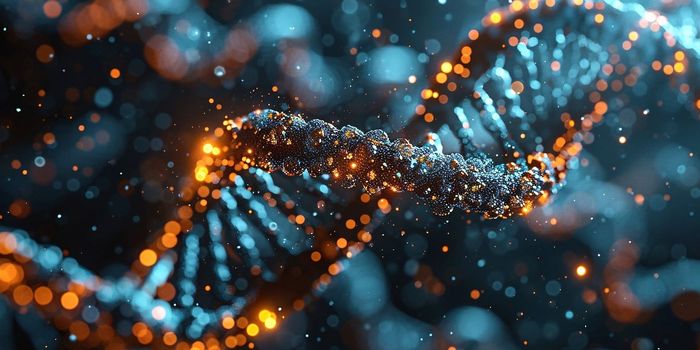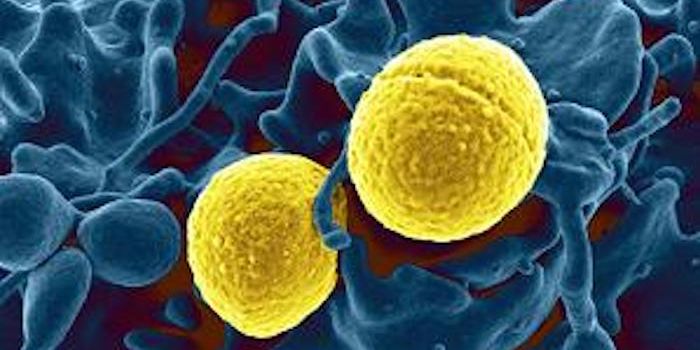Identifying Genetic Causes of Stillbirth
About one in every hundred pregnancies results in a stillbirth, in which a fetus dies in utero after twenty weeks of pregnancy. While preeclampsia and infections are known to lead to stillbirth and chromosomal abnormalities cause ten to twenty percent, in most cases, the cause is unknown. Researchers have now identified new genes that are associated with stillbirth, which can help us learn more about how genetics influences the condition. It may also help mitigate the problems for those that have experienced it; genetic counseling may one day be useful for some couples who are worried that they may go through it a second time.
"All too often, we have no explanation to give parents who experience a stillbirth," said the study co-leader Ronald Wapner, MD, professor of obstetrics & gynecology at Columbia University Vagelos College of Physicians and Surgeons. "Not only are they devastated, they're often left to wonder if it's something they did wrong or if it might happen again."
"This study shows that careful genetic analyses can often identify the precise genetic causes of stillbirth and demonstrates the importance of diagnostic sequencing in all cases of unexplained stillbirth," said study co-leader David Goldstein, Ph.D., director of the Institute for Genomic Medicine at Columbia University Irving Medical Center. "Of equal importance, the work highlights how little we currently understand about the biology of stillbirth and the role that genomic analysis can play in helping us understand it."
Reporting in the New England Journal of Medicine, scientists have revealed a probable genetic cause underlying stillbirth in about one of every ten cases they analyzed.
"Unlike postnatal childhood conditions that are presumed to be strongly genetic, stillbirth had yet to be systematically analyzed with modern genome sequencing approaches," noted Goldstein (who is featured in the video below).
This is the first time that advanced sequencing tools have been used to search for variations in gene sequences that are linked to a higher risk of stillbirth. In this work, the scientists applied those techniques to genetic samples from 246 stillborn fetuses. The research identified variants in thirteen genes, six of which have not been found previously, that are associated with a higher risk of fetal death.
"Although these are small changes in only a single site in the genome, they are, in effect, genomic sledgehammers that either dramatically change or knock out essential genes and appear responsible on their own for fetal demise," Goldstein says.
Together with incidences of larger genomic mutations in the samples the researchers assessed, the small variations they found are to blame for eighteen percent of the cases. Some of the genetic alterations they found were in genes that are already connected to developmental disorders.
"Interestingly, some of the changes we found in genes known to cause postnatal diseases and conditions appeared to have more profound effects than the mutations linked to postnatal disease," Goldstein explained.
The team also found alterations in genes that are not (yet) connected to known human diseases. These accounted for about five percent of stillbirths. "These novel disease genes appear to be critical for early human development, and the only way to discover them is through the analysis of fetuses that do not develop," Goldstein noted. "We're opening up new frontiers in biology and the more we understand about basic human development, the more we can potentially intervene."
This research cannot be performed for the vast majority of people at this time, which is unfortunate. Hopefully, it will be possible to use this research to bring answers to more patients in the future.
"That knowledge would change the way we would provide care and facilitate closure and bereavement for families," Wapner said. "To a woman who's just had a stillbirth, specific knowledge about the cause is critical."
Sources: AAAS/Eurekalert! Via Columbia University Irving Medical Center, New England Journal of Medicine









